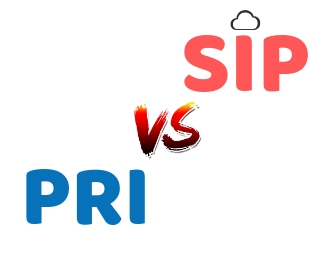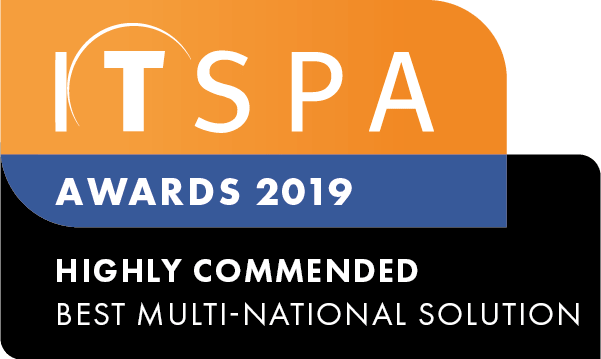These days, businesses can select between older land-line based phone services (PRI) or internet-based communication services like SIP.
There's no single choice that's right for each business; thus, it is sensible to consider the pros and cons of both within the context of your specific business requirements.
PRI (Primary Rate Interface)
A PRI is a T1 connection explicitly designed for phone calls. It's comprised of twenty-three voice channels that support up to twenty-three simultaneous inbound or outbound calls and one information channel. The information channel takes care of caller ID and different carrier functions. The line itself is a solid copper line connected to the building.
Pros:
- Dedicated hardline - PRI lines are dedicated physical lines that don't rely on an internet connection. Business in areas without an internet connection with the bandwidth capacity to support calls will tend to go with PRI lines.
Cons:
- Expensive - telephone service carriers provide PRI lines (and their associated contracts). These usually have a higher per-minute price (especially for long-distance destinations.)
- Wasted capacity - PRI lines are also sold in groups of 23 lines. Therefore, many businesses would be paying for additional capacity, which they may not be using.
- Difficulties with scalability and flexibility - As businesses grow, extra PRI lines will need to be ordered and installed, creating challenges with scalability.
SIP (Session Initiation Protocol)
SIP refers to an approach of delivering voice and alternative unified communications options over the internet.
Along with an IP-enabled (internet-enabled) PBX system, SIP eliminates the necessity for PRI lines.
SIP is often paired with an on-premises PBX or a cloud-based solution.
Pros:
- Cheaper - SIP services are typically considerably less costly than PRI lines.
- Flexibility - SIP services allow customers to subscribe to channels in increments of 1. This enables the customer to buy and pay for precisely what they require.
- Scalability - Because SIP services are digital, it is much easier to increase or decrease the channels.
Cons:
- Reliant on internet connection - Businesses with internet connection issues would have trouble maintaining reliability and voice quality.
- Additional steps for backward compatibility - Businesses with older non-IP-enabled PBX will require an ATA (Analog Telephone Adapter) to get it to work with SIP.
The number of SIP service providers continues to grow compared to the number of traditional PRI carriers. Even traditional PRI carriers have now started to develop and push their SIP service solutions.
This trend will continue as the prevalence of high-speed internet services and cloud hosting increases.While PRI lines are still a vital part of the current communications network, for most businesses, the benefits of flexibility, scalability and cost are what is driving the change to SIP.
Looking for a reliable VoIP provider? Sign up at VoIPLine Telecom and get 14-Day free trial to try the best features of our Hosted PBX phone telephone solution.
">]]
">]]











